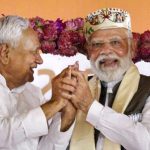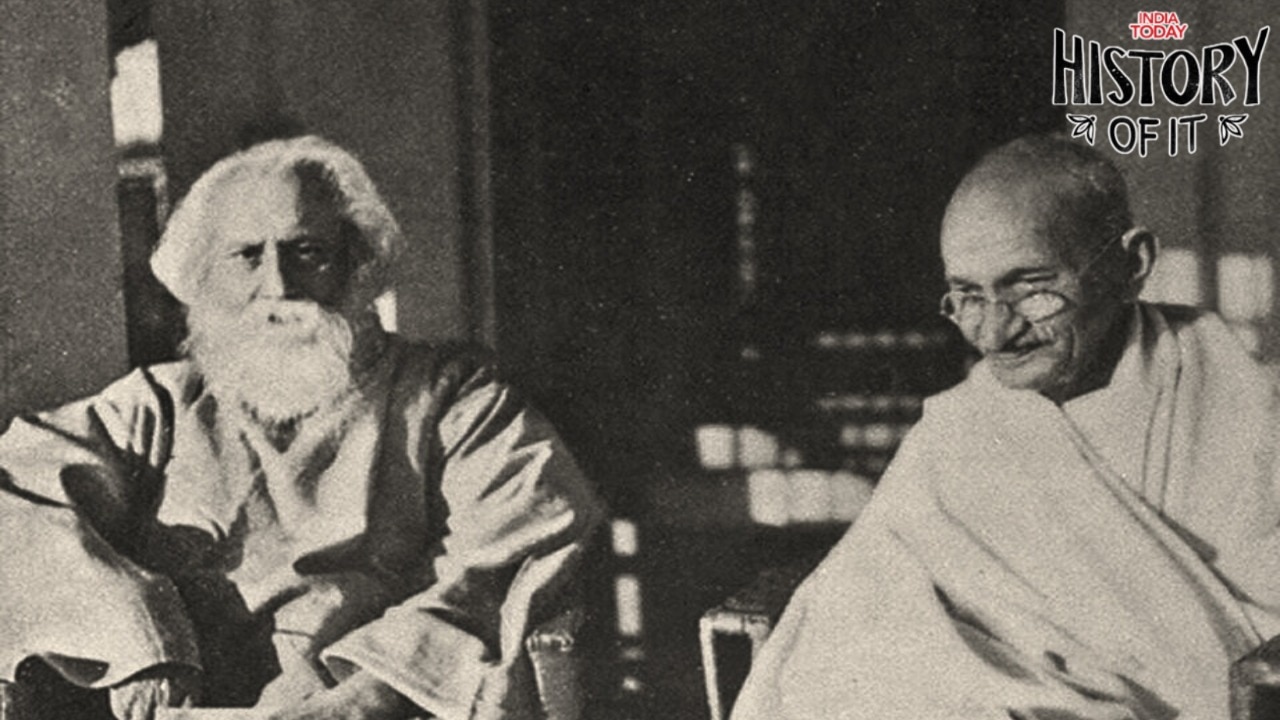Nitish Kumar has a way of writing off naysayers. With the media decrying every move since he broke away from the Mahagathbandhan ahead of the 2024 Lok Sabha elections to join hands with the BJP, Bihar’s ‘Sushashan Babu’ has proved them wrong at every step.
First, by being a stable ally to Prime Minister Narendra at the Centre, and then by nearly doubling his party’s tally from the last assembly elections to 83 seats.
What was to be Nitish’s last as Chief Minister, may very well not be.
It is almost a repeat of 2010, when the BJP-JDU alliance scored 206 out of 243 seats – a feat that cements Nitish Kumar’s place alongside the likes of West Bengal’s Jyoti Basu and Odisha’s Naveen Patnaik in the hall of fame for leading a state for more than 20 years.
A pro-incumbency wave so strong that even top pollsters were swept up by the ‘Tsu-namo.’
The only prediction that actually came true was Prashant Kishore’s tally. Almost everyone else got it right. It was farsh-par (on the ground). No surprises there.
What took the pollsters, seasoned analysts, media and opposition off-guard was the four-time Nitish Kumar government crossing 200 paar.
UNDERLYING SHIFT
In a state deeply entrenched in caste politics, Nitish Kumar – a Kurmi leader whose community makes up barely 3% of Bihar’s population – rose above caste lines to deliver a counter-punch to opponents who have long claimed dominance over the 32% Muslim–Yadav bloc.
However, pulling off a near-2010-like feat alongside the BJP this time was not as easy as the results make it seem. In 2010, Nitish Kumar had freshly earned the moniker of ‘Sushashan Babu,’ riding a wave of reforms in areas such as law and order and infrastructure.
Fifteen years later, Nitish’s health had taken a turn for the worse, becoming a topic of discussion among both opposition and allies alike. By now, the spectre of Jungle Raj was long gone. The only comparison to be drawn was Nitish then versus Nitish now.
Beyond infrastructure, Nitish’s handling of crime incidents ahead of the polls tested his credibility.
TURNING POINT
During testing times, Nitish took a leaf out of the playbooks of Madhya Pradesh, Jharkhand and Maharashtra wherein governments were battling similar anti-incumbency and simmering discontent among voters.
He used the government machinery to its fullest to roll out his schemes. The answer to the Mahagathbandhan’s M-Y was Nitish’s own M-Y (Mahila and Youth) equation.
Rs 10,000 in the accounts of Mahila voters to kickstart their own businesses, free electricity for all up to 125 units, and an increase in the elderly pension from Rs 400 to Rs 1,100 proved to be an instant hit.
The Rs 10,000 scheme was lapped up by 1.21 crore women, barely a month ahead of the polls. The following installment arrived in the midst of the elections.
In what would later become a turning point for Nitish, a record 71% of women turned out to vote in both phases of polling.
Rattled by Nitish offsetting the Mahagathbandhan’s M-Y equation, the RJD released an AI cartoon of the Bihar Chief Minister cheating from Tejashwi Yadav in an exam centre.
Wary of this, RJD had promised Rs 2,500 per month to women if voted to power before Nitish with Tejashwi mocking the meagre pension scheme to the elderly and the inflated electricity bills in rural areas.
Where Nitish delivered a masterstroke was that he improved upon the promise and fulfilled it before the elections.
MAHAGATHBANDHAN’S STRATEGIC MISCALCULATIONS
By now, the wind had already been knocked out of the Mahagathbandhan, desperate for fresh ideas and better promises.
It only spiralled downhill from there. A government job promised to every household was just the beginning. The voters were too smart to fall for the trap, even without rival parties pointing it out.
Rahul Gandhi’s less imaginative campaign of peddling vote chori as a real threat was no additional help to Tejashwi. The plot was lost. 16 days of voter-adhikar yatra found no takers. Only a waste of time and resources. RJD got pulled in as it was too late to pull out.
In a bid to further consolidate its M-Y voter base, the RJD ended up isolating Extremely Backward Classes (EBCs), non-Yadav OBCs, and Dalits. This became evident when two-thirds of the OBC candidates fielded by the RJD were Yadavs, effectively alienating the rest. Its alliance with the VIP and IIP did little to offset this.
The final straw for the opposition was that, despite their differences, the NDA remained united. From senior leaders like PM Modi and Amit Shah to young and upcoming leaders like Chirag Paswan, they all, in unison, declared that Nitish was the face of their campaign.
For Congress, still reeling from the aftershocks of the ‘Tsu-namo’, it is the same old refrain of “free and fair elections” being drummed up. As for the real reasons behind their defeat, the answer for their top brass is blowing in the wind.
In Bihar Assembly Elections 2025, the National Democratic Alliance (NDA) secured 202 seats, while the Mahagathbandhan (MGB) managed only 35.
– Ends
Tune In










